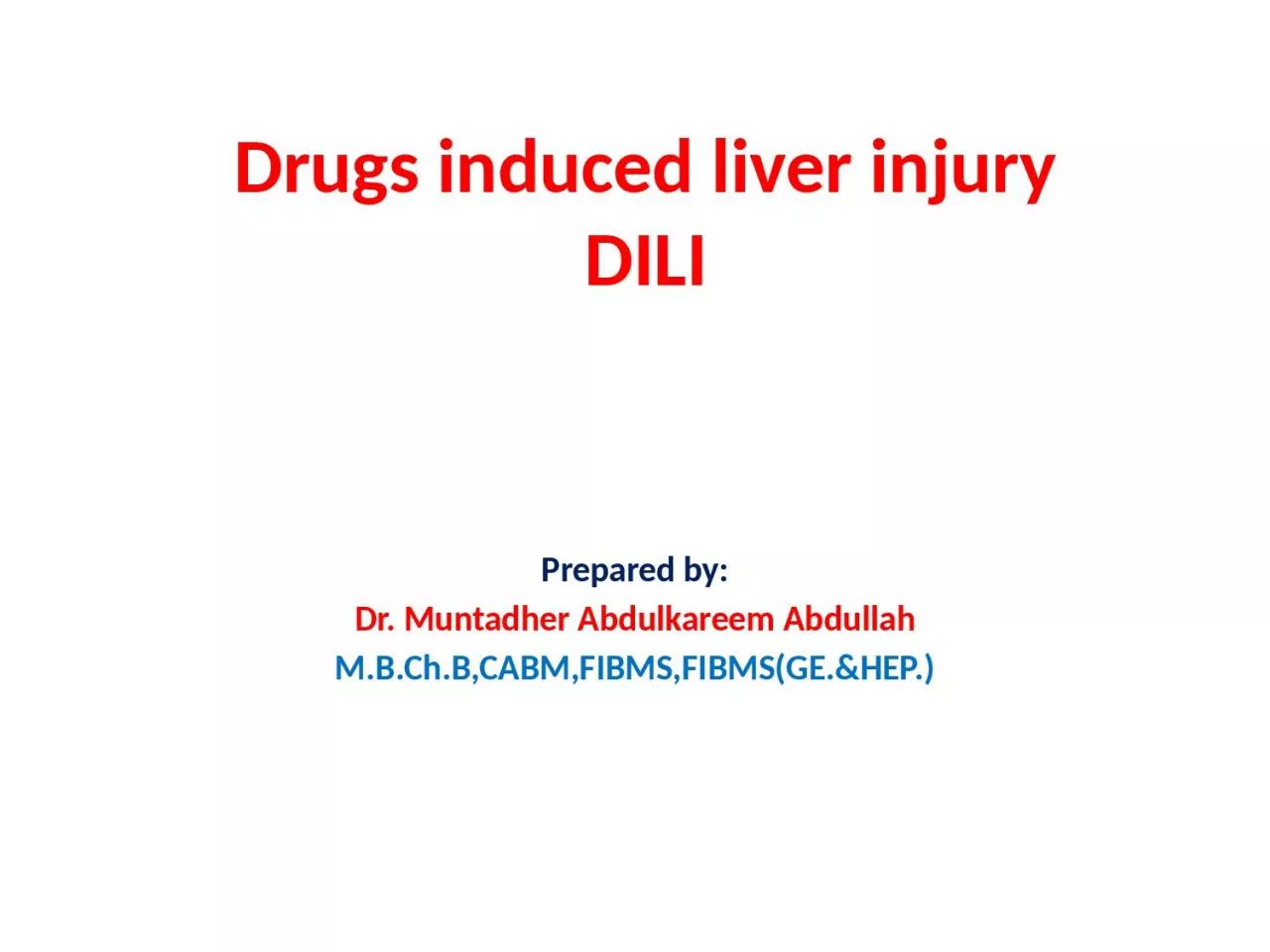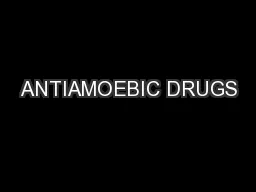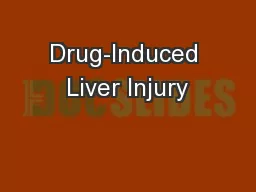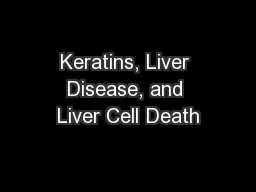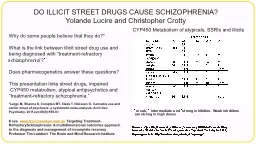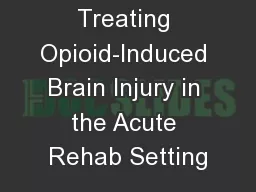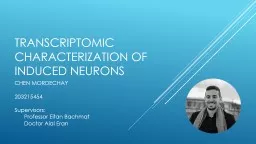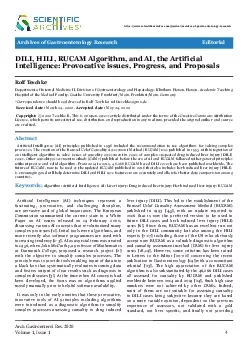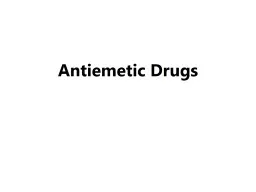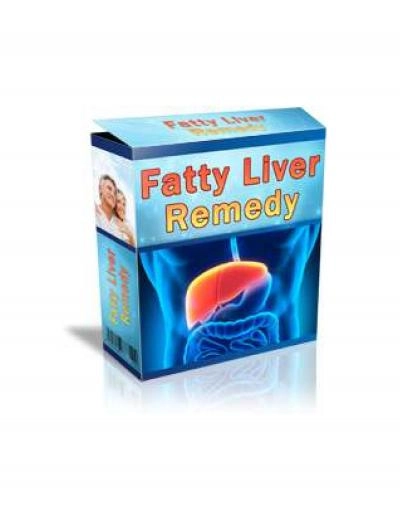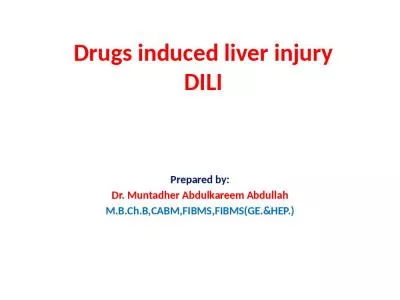PPT-Drugs induced liver injury
Author : jalin | Published Date : 2024-02-09
DILI Prepared by Dr Muntadher Abdulkareem Abdullah MBChBCABMFIBMSFIBMSGEampHEP introduction Drug toxicity should always be considered in the differential diagnosis
Presentation Embed Code
Download Presentation
Download Presentation The PPT/PDF document "Drugs induced liver injury" is the property of its rightful owner. Permission is granted to download and print the materials on this website for personal, non-commercial use only, and to display it on your personal computer provided you do not modify the materials and that you retain all copyright notices contained in the materials. By downloading content from our website, you accept the terms of this agreement.
Drugs induced liver injury: Transcript
Download Rules Of Document
"Drugs induced liver injury"The content belongs to its owner. You may download and print it for personal use, without modification, and keep all copyright notices. By downloading, you agree to these terms.
Related Documents

